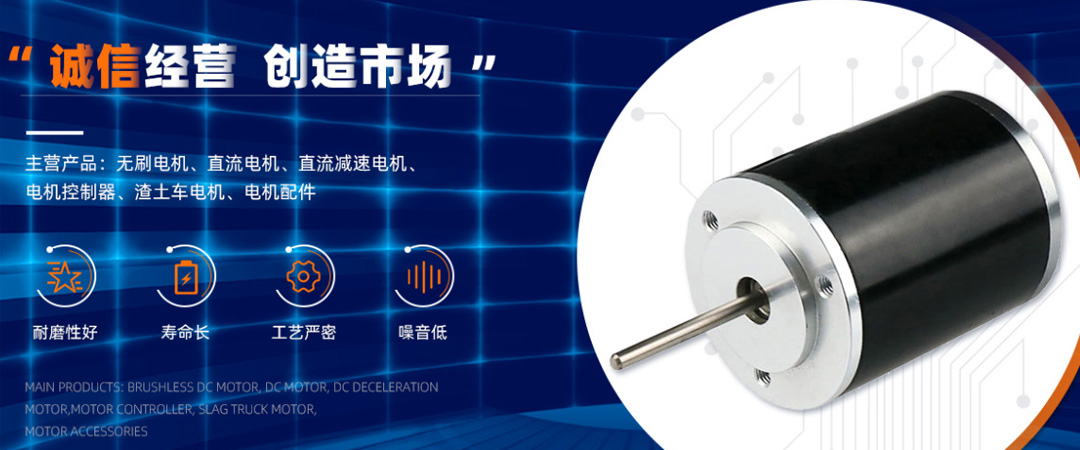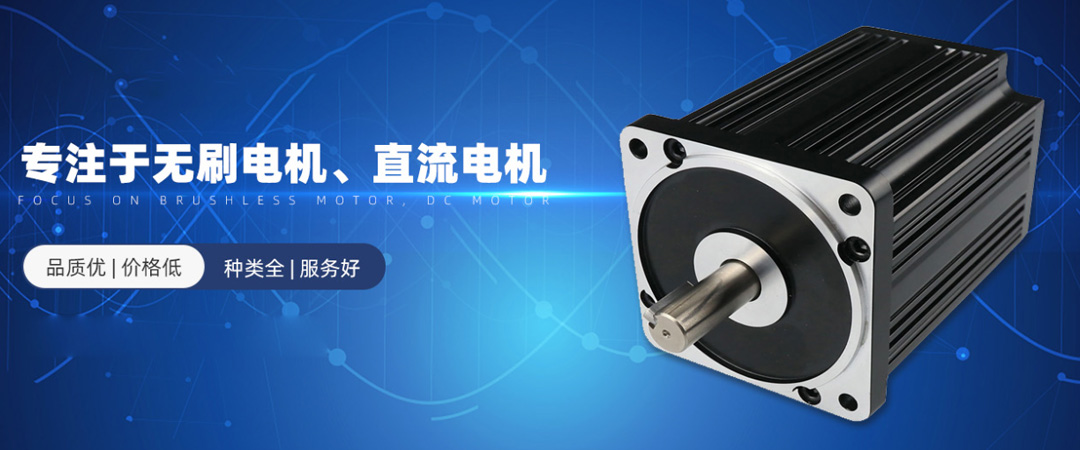How to control a brushless DC motor?
When using a brushless motor for trapezoidal wave control, it is necessary to detect the magnetic position of the rotor, and based on the detected position, the stator coil is commutated to form a rotating magnetic field, which in turn drives the rotor to rotate synchronously. The detection of rotor magnetic position can be divided into motor with Hall sensor and non Hall sensor methods. Different methods of detecting rotor magnetic position will directly control different modes.
For the induction control of brushless motors, it is required that the motor itself be equipped with a Hall sensor. The installation of the motor Hall sensor needs to be 120 degrees apart, and then the three-phase winding should be energized according to a certain rule to achieve motor control. Considering the different installation methods of Hall sensors for each motor, there may be certain differences in the commutation switch meter. Technology based on back electromotive force induction: commutation based on zero crossing of back electromotive force; Require the back electromotive force to be high enough and the speed range to be fast at the rated speed.
The commonly used method is based on zero crossing detection of back electromotive force, but this requires the motor to have a certain speed; Sometimes used in combination, but requires the use of complex control algorithms.
DC motors are also known as DC frequency converters because they have the characteristics of brushless motors and are frequency changing devices. The operating efficiency, low-speed torque, and speed accuracy of brushless DC motors are better than any control technology inverter, so they are worth paying attention to. It can meet the needs of power saving and high-performance driving.
Editor: ZiYu
For the induction control of brushless motors, it is required that the motor itself be equipped with a Hall sensor. The installation of the motor Hall sensor needs to be 120 degrees apart, and then the three-phase winding should be energized according to a certain rule to achieve motor control. Considering the different installation methods of Hall sensors for each motor, there may be certain differences in the commutation switch meter. Technology based on back electromotive force induction: commutation based on zero crossing of back electromotive force; Require the back electromotive force to be high enough and the speed range to be fast at the rated speed.
The commonly used method is based on zero crossing detection of back electromotive force, but this requires the motor to have a certain speed; Sometimes used in combination, but requires the use of complex control algorithms.
DC motors are also known as DC frequency converters because they have the characteristics of brushless motors and are frequency changing devices. The operating efficiency, low-speed torque, and speed accuracy of brushless DC motors are better than any control technology inverter, so they are worth paying attention to. It can meet the needs of power saving and high-performance driving.
Editor: ZiYu



